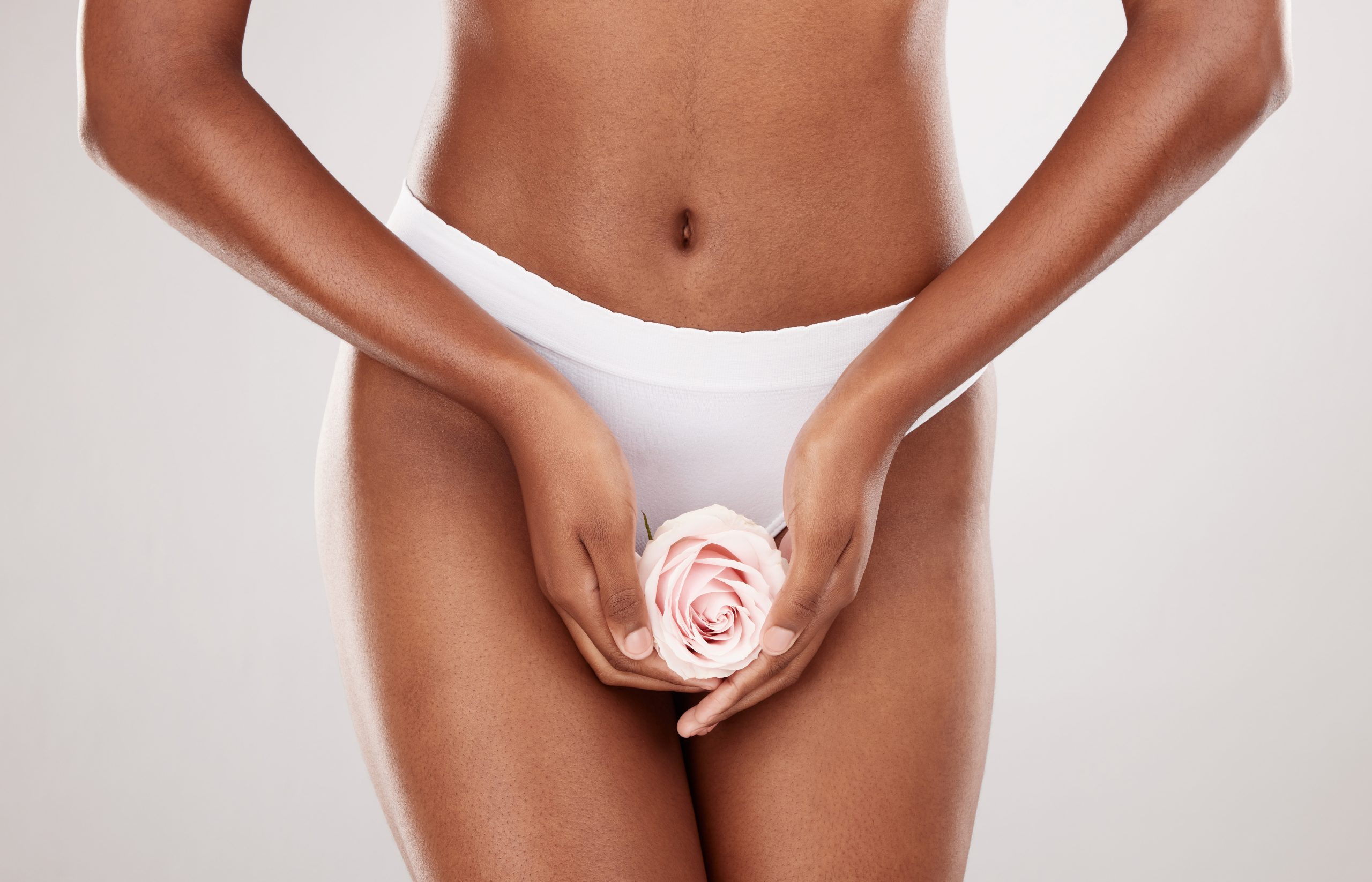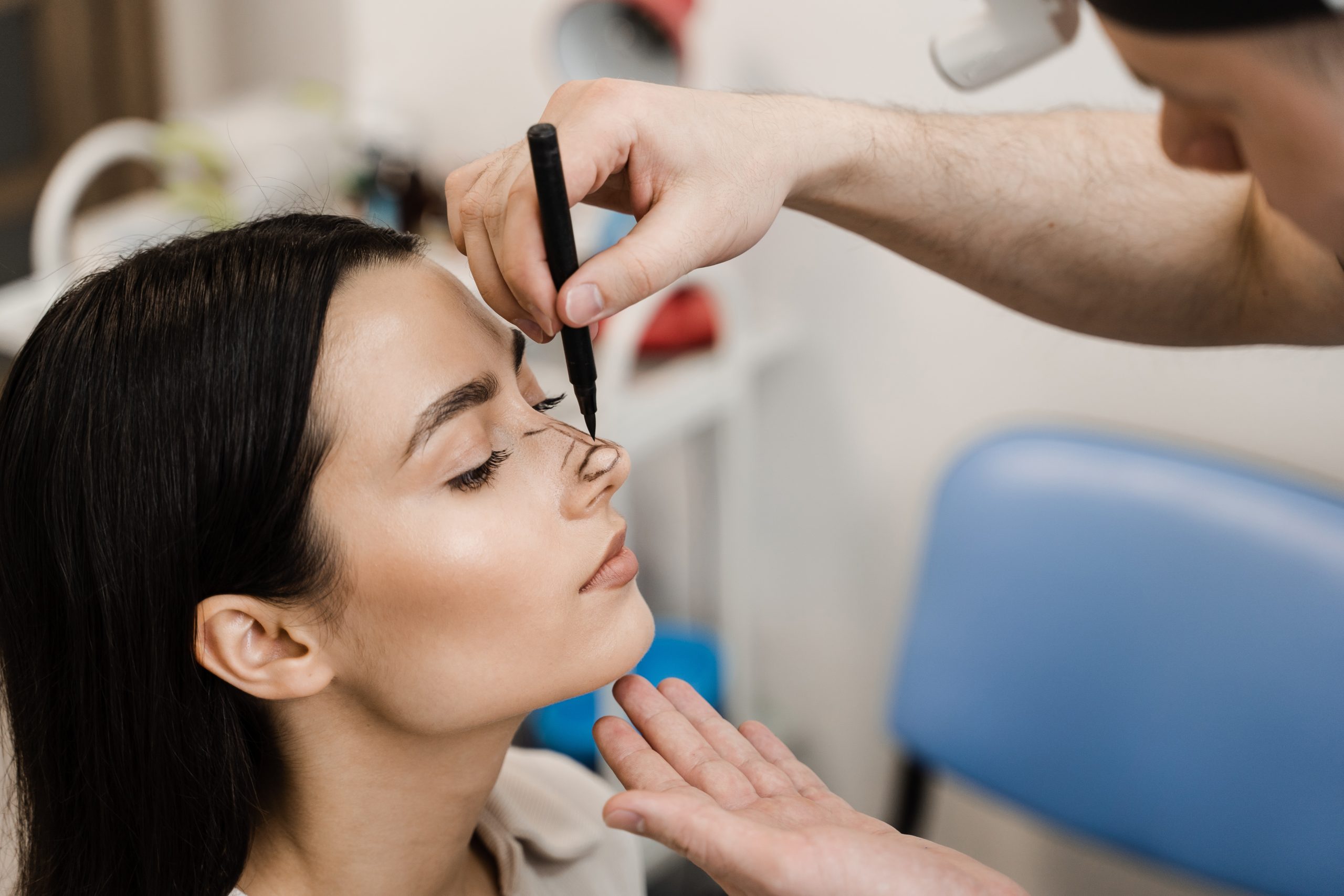

Health benefits of rhinoplasty
Rhinoplasty, also known as nose reshaping surgery or “nose job”, is a procedure to alter the size or shape of the nose. Although it is primarily considered a cosmetic surgery, Rhinoplasty is often performed to improve the health of the individual. This is the case whether it’s a women’s or men’s Rhinoplasty, and regardless of the reasons for pursuing this surgery. Find out what the potential benefits of Rhinoplasty are below.
What is the difference between Rhinoplasty and Septorhinoplasty
Rhinoplasty and Septorhinoplasty are both surgical procedures involving the anatomical structure of the nose. Most patients attending for a diagnostic consultation have both functional (breathing) problems in combination with aesthetic concerns. These are often directly connected, in that fact that if the nose is not aligned properly, it will likely not function properly, due to a shift/buckling in the septum or weakness in supporting framework. Furthermore, fine tuning the aesthetic proportions of the nose using a combination of techniques and grafts most often helps support and open the nasal airways. Therefore, although the term ‘Rhinoplasty’ is often used, at Adnova this surgery will always involves a functional (improving breathing) as well as aesthetic focus. In this way, we can maintain or restore the health of your nose and breathing, whilst satisfying your aesthetic goals.
What happens during Rhinoplasty surgery
Before committing to a surgical procedure, especially one that targets visible bodily areas such as the face, it’s important that patients understand what is involved. This is as much for peace of mind, as it is to make sure that the surgery aligns with their goals. A Rhinoplasty operation will typically follow this process:
- General anaesthetic is administered, meaning that the surgery is performed with you asleep.
- An incision is made at the columella (the strip of skin between the nostrils at the bottom of the nose), as well as inside the nostrils. The columella incision heals and fades very well with time and is the only outside scar/cut.
- The skin is then lifted away from the cartilage and nasal bones.
- The nose is reshaped through the removal, addition, or rearrangement of the bones, cartilage and/or soft tissues. At Adnova, we use cutting edge techniques and technology – utilising Piezo ultrasonic bone sculpture (reshaping), osteotomy (bone cutting), and ostectomy (bone removal). We are one of a very small handful of centres on the South Coast that undertakes dorsal preservation Rhinoplasty (a form of Rhinoplasty that aims to preserve natural support structures), Piezo Rhinoplasty (ultrasonic rhinosculpture) and donor rib reconstruction.
- The skin and tissue envelope are returned to cover the bone and cartilage.
- The incisions are stitched closed with dissolvable sutures.
It usually takes between 2.5 to 3 hours in total to complete the procedure. At Adnova we believe open Rhinoplasty allows significantly improved access to the nose and better refinement of delicate nasal structures, so we perform this approach in all Rhinoplasty surgeries, regardless of the specific Rhinoplasty procedure being performed e.g. dorsal preservation, structural, tip plasty, reduction, augmentation, secondary or revision, donor rib reconstruction etc.
The possible health benefits of Rhinoplasty
In our experience, Rhinoplasty always leads to an improvement in nasal breathing. The septum, which is the middle partition of the nose (separating the nasal cavities), is often deviated, and this is corrected (in all cases) by the surgery at Adnova. We perform turbinate outfracture (utilising Piezo) in all cases, which further improves breathing through the nose. Furthermore, cutting edge surgical techniques used at Adnova, such as dorsal preservation, splint open the nasal cartilages (upper laterals) which leads to improved support and airflow through the nose. Breathing through the nose has several health benefits, as chronic mouth breathing can contribute to the following problems:
- Introduction of unfiltered, poorly humidified air into the lungs
- Upper-chest breathing (inefficient and tiring)
- Chronic over-breathing
- Greater incidence of snoring and sleep apnoea
- Bad breath, dental decay, gum disease
- Dysfunction of the jaw joint
- Narrowing of the dental arch, jaw and palate
- Crowded and crooked teeth
- Open bite, malocclusion
- Greater potential for relapse of orthodontic corrections
- Dysfunctions of the muscles around the jaw and lips
- Loss of lip tone with the lips becoming flaccid
- Noisy eating, speech and swallowing problems
- Trauma to soft tissues in the airways
- Enlarged tonsils and adenoids
By correcting structural issues in the nose, most commonly a deviated septum, Rhinoplasty can improve the function and drainage of the nose and sinuses, potentially reducing the frequency and severity of sinus infections/issues. Improved airflow can also help alleviate chronic nasal congestion. Crucially, by opening the airways and correcting any deviations of the septum, nasal medications can be administered more effectively which improves their effectiveness for conditions like hay fever (allergic rhinitis).
For individuals with obstructive sleep apnea (OSA), where breathing is interrupted during sleep due to airway blockages, Rhinoplasty can significantly contribute to improved nasal breathing. This can lead to fewer breathing interruptions, reducing snoring and improved sleep quality. If CPAP (a positive pressure mask) is used as part of your OSA treatment, Rhinoplasty will improve the effectiveness and delivery of this positive pressure through the nose.
Rhinoplasty can correct congenital nasal defects, such as cleft lip and palate-related nasal deformities, leading to improved nasal function and appearance. Or congenitally deviated and/or twisted noses which don’t have a history of nasal trauma to account for their deviated appearance.
For individuals who are self-conscious about the appearance of their nose, Rhinoplasty can lead to a significant boost in self-esteem, which shouldn’t be underestimated. This can have a positive effect on mental health and overall well-being. Living with a constantly blocked, congested and misshapen nose can really make people feel unhappy. Improved confidence in one’s appearance can reduce social anxiety and improve quality of life, particularly in social and professional settings.
How much does a nose job (Rhinoplasty) cost?
The total Rhinoplasty cost will vary from patient to patient. For pricing information on all our surgical procedures, head to our fees page.
How long does it take to recover from Rhinoplasty?
As is the case with all surgeries, the expected recovery time will vary and depend on several factors, mostly your own unique individual healing time. Following the surgery, you will have a splint over the nose which is normally removed between 7-14 days afterwards. There are no dressings or packs routinely placed within the nose, so you will be able to breathe straight away. The nose will be visibly swollen and bruised for around 2-3 weeks after the surgery. Around 95% of the swelling will have settled after the first month, but it can take up to 6-12 months for the full effects of the surgery to be visible. Following the surgery patients are given a combination of painkillers, antibiotics, nasal rinses and nasal steroid drops to allow everything to heal and reduce swelling.
Your cosmetic solutions provider
At Adnova Clinics, we provide a wide range of cosmetic procedures with the aim of helping our patients achieve the best outcomes possible. This is done through a focus on surgical expertise and quality care. So, if you have a burning question, such as ‘how long does it take to heal from Rhinoplasty?’, one of our friendly medical professionals will sit down and discuss your timeline for recovery. Our experts will also provide you with recommendations to safely speed up the recovery process. Get in touch to book your first consultation.


